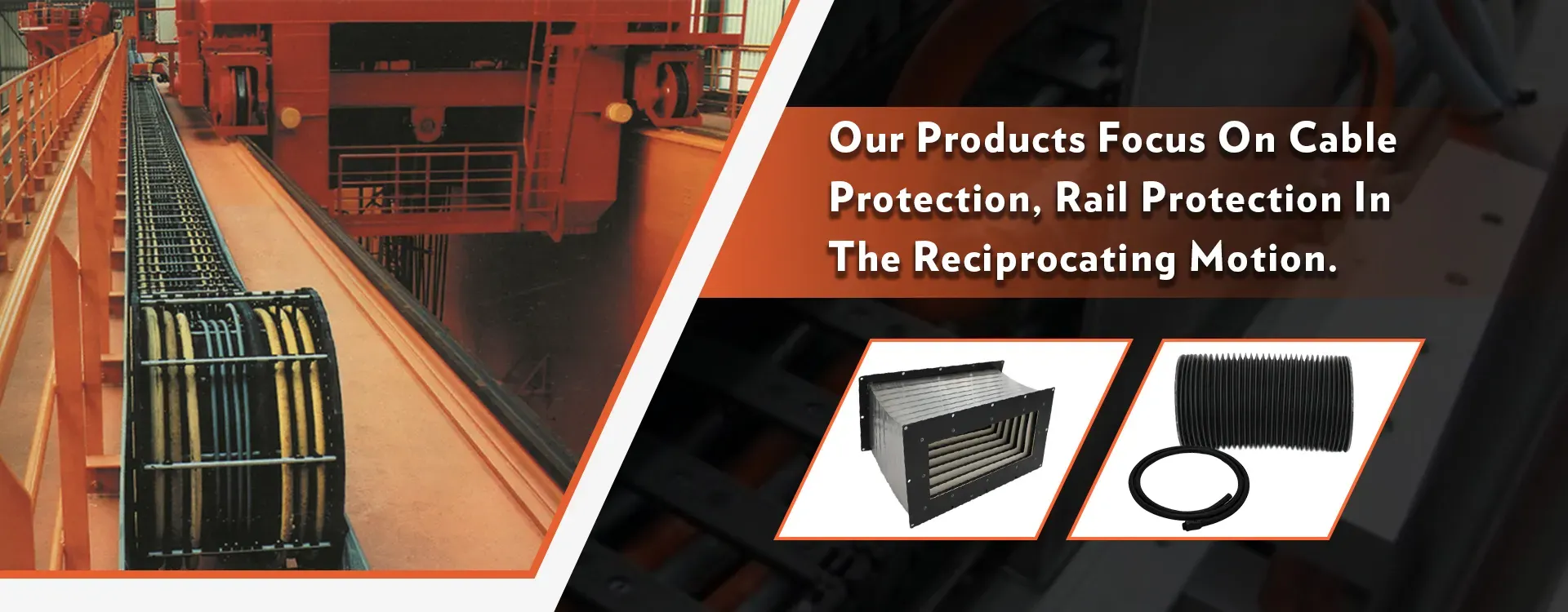cable carrier chain
Understanding Cable Carrier Chains A Key Component in Modern Machinery
In the realm of modern machinery and equipment, effective management of cables and hoses is crucial for maintaining functionality and efficiency. One essential invention that has significantly facilitated this process is the cable carrier chain. Often referred to as drag chains, cable carrier chains are designed to guide and protect cables, hoses, and other flexible elements as they move through various industrial applications.
What is a Cable Carrier Chain?
A cable carrier chain is a structure that holds and organizes cables and hoses, allowing for controlled movement and preventing tangling or damage. These chains consist of a series of interconnected links that form a flexible channel. This design enables them to bend around corners and navigate complex setups, providing versatility for both static and dynamic applications.
Cable carrier chains vary in size, shape, and material to cater to different specifications and environments. Common materials include plastic, steel, and aluminum, with adaptations designed for specific applications, such as high-temperature or corrosive environments. The selection of the right type of chain can impact the efficiency and lifespan of the equipment it supports.
Applications of Cable Carrier Chains
Cable carrier chains are widely utilized across numerous industries, including manufacturing, robotics, aerospace, automotive, and entertainment. In manufacturing settings, they are often found on assembly lines where machinery requires constant power and signal transfer to operate efficiently. Robotic systems use cable carrier chains to ensure that cables do not impede movement, allowing for smooth, uninterrupted operation of robotic arms.
In the aerospace industry, where precision and reliability are paramount, cable carrier chains are employed to safeguard critical wiring and hoses from damage caused by wear and tear during extended use. Similarly, in the automotive sector, these chains are utilized to maintain cable organization in vehicles, ensuring that all electronic components function seamlessly over time.
cable carrier chain

Furthermore, in the entertainment industry, cable carrier chains play a vital role in stage setups where lighting and sound equipment require intricate arrangements. They enable smooth movement of cables across the stage, contributing to an uninterrupted performance.
Advantages of Using Cable Carrier Chains
The benefits of implementing cable carrier chains in industrial applications are numerous. Firstly, they enhance safety by reducing the risk of cable damage, which can lead to equipment malfunction and potential hazards. By organizing cables neatly, they minimize trip hazards and create a cleaner working environment.
Secondly, cable carrier chains improve equipment lifespan. By reducing wear on cables and hoses, they can help prevent unexpected failures and costly repairs. This not only enhances productivity but also protects the investment in machinery.
Additionally, these chains streamline maintenance processes. With cables and hoses organized for easy access, maintenance personnel can efficiently perform inspections and repairs without the hindrance of tangled wires.
Conclusion
In conclusion, cable carrier chains are an indispensable component in today's industrial landscape. Their ability to protect, organize, and facilitate the movement of cables and hoses contributes significantly to the overall efficiency and safety of various systems. As technology continues to advance and industries evolve, the importance of cable carrier chains will only grow, ensuring that we meet the demands of modern engineering and manufacturing practices. Selecting the appropriate cable carrier chain for a specific application is vital for maximizing performance, enhancing safety, and prolonging the lifespan of machinery. As industries continue to innovate, the development and refinement of cable carrier chains will remain a key focus, paving the way for future advancements in machinery and automation.








